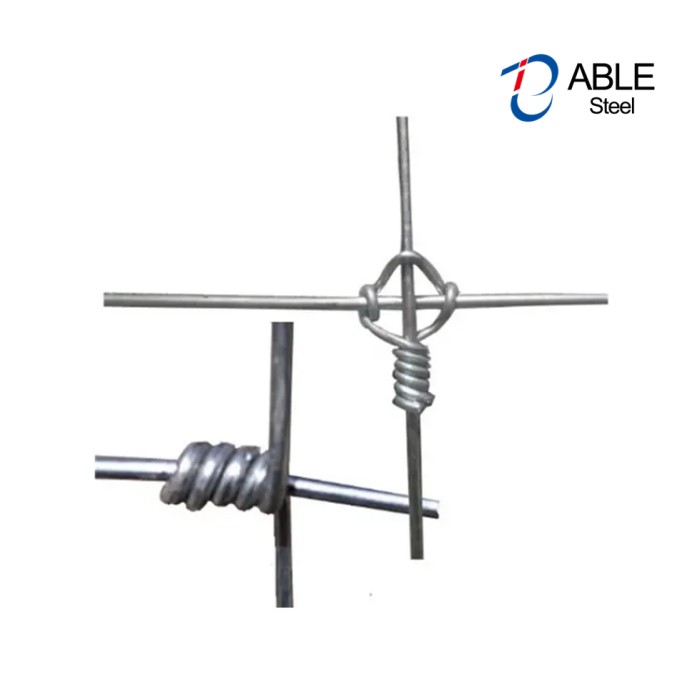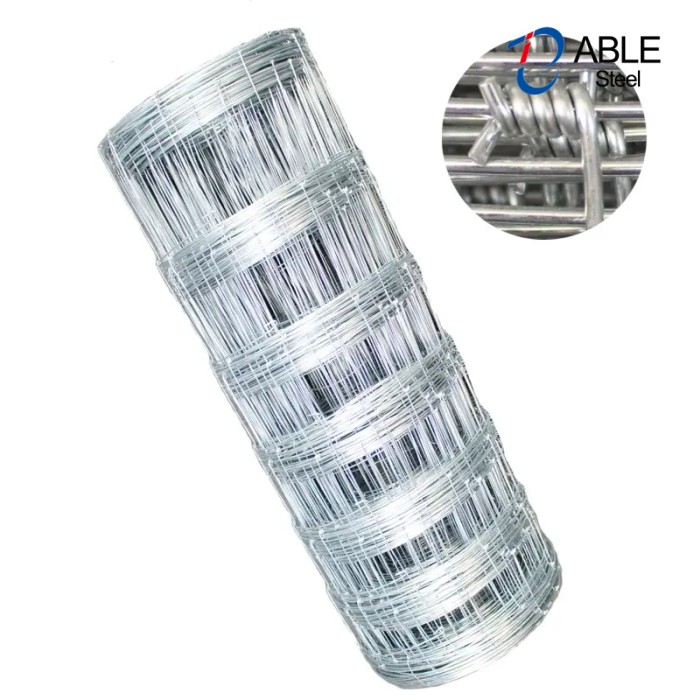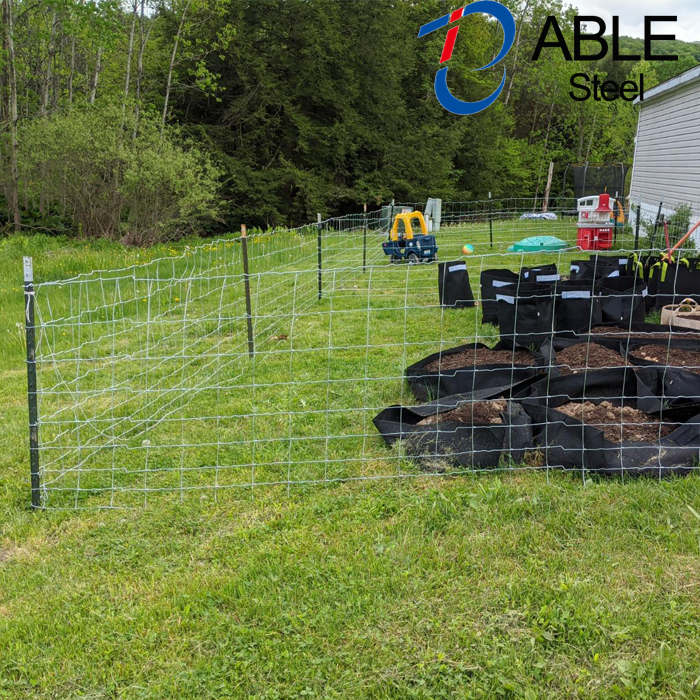The production process of a Farm Fence typically involves the following steps: 1. Design and planning: The first step is to determine the specific requirements of the farm fence, such as its height, material, and design. This is typically done in consultation with the farmer or landowner. 2. Material selection: Once the design is finalized, the next step is to select the appropriate materials for the fence. Common materials used for farm fences include wood, metal, and WIRE MESH. The choice of material depends on factors such as the desired strength, durability, and cost. 3. Material preparation: The selected materials are then prepared for the production process. For example, if wooden posts are used, they may need to be cut to the desired length and treated to prevent rot and decay. Metal materials may need to be shaped or welded. 4. Post installation: The fence posts are installed at regular intervals along the fence line. This is typically done by digging holes in the ground and securing the posts using concrete or gravel. 5. Rail installation: Once the posts are in place, the rails or horizontal members of the fence are installed. These rails provide structural support to the fence and can be attached to the posts using various methods, such as Nails, screws, or brackets. 6. Wire or mesh installation: If the farm fence includes wire or mesh components, these are installed next. The wire or mesh is typically attached to the fence posts and rails using staples, clips, or other fasteners. 7. Gate installation: If the farm fence includes gates for access, these are installed at appropriate locations along the fence line. The gates may be made of the same materials as the rest of the fence or may be specially designed for easy opening and closing. 8. Finishing touches: Once the main components of the farm fence are installed, any necessary finishing touches are added. This may include painting or staining the fence, adding decorative elements, or applying a protective coating to enhance durability. 9. Quality control: Before the fence is considered complete, it undergoes a thorough quality control inspection to ensure that it meets the required standards. This may involve checking for any loose or weak components, verifying the fence's alignment and stability, and ensuring that it meets any safety regulations. 10. Delivery and installation: Finally, the completed farm fence is delivered to the customer's property and installed according to the agreed-upon plan. This may involve additional steps such as digging post holes, attaching gates, and connecting the fence to existing structures or boundaries. Overall, the production process of a farm fence involves careful planning, material selection, and installation to create a durable and functional barrier for agricultural purposes.



